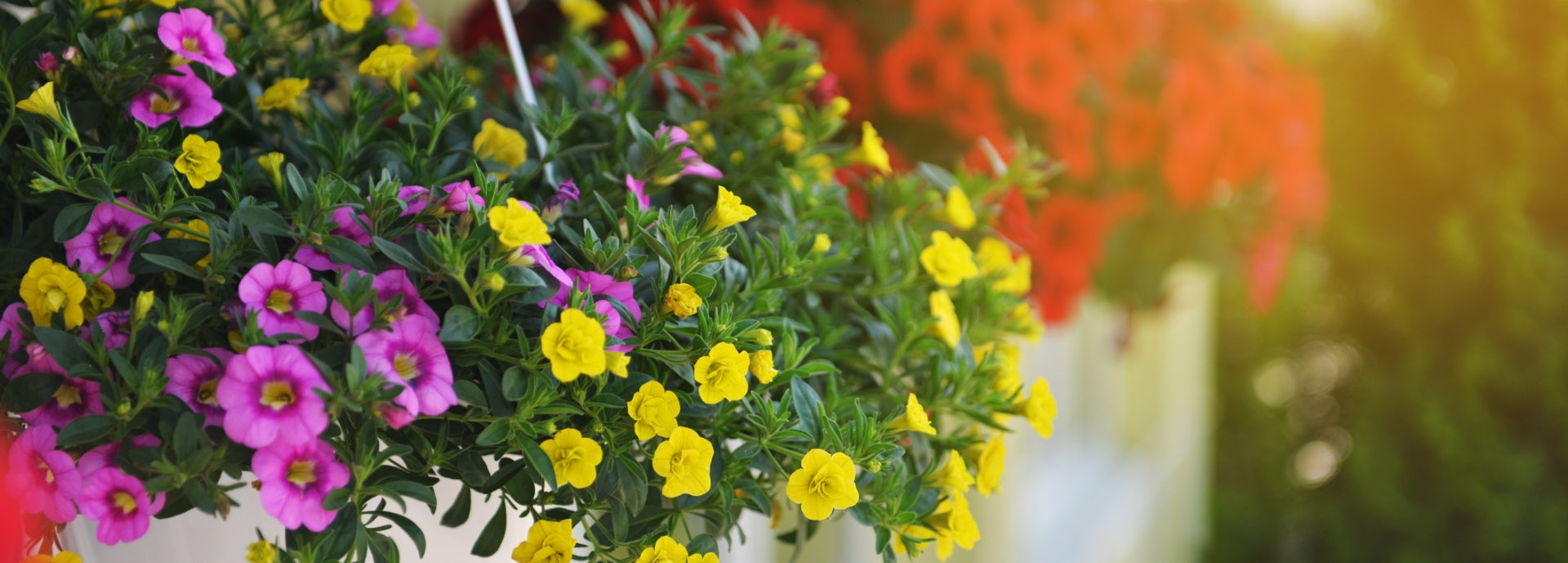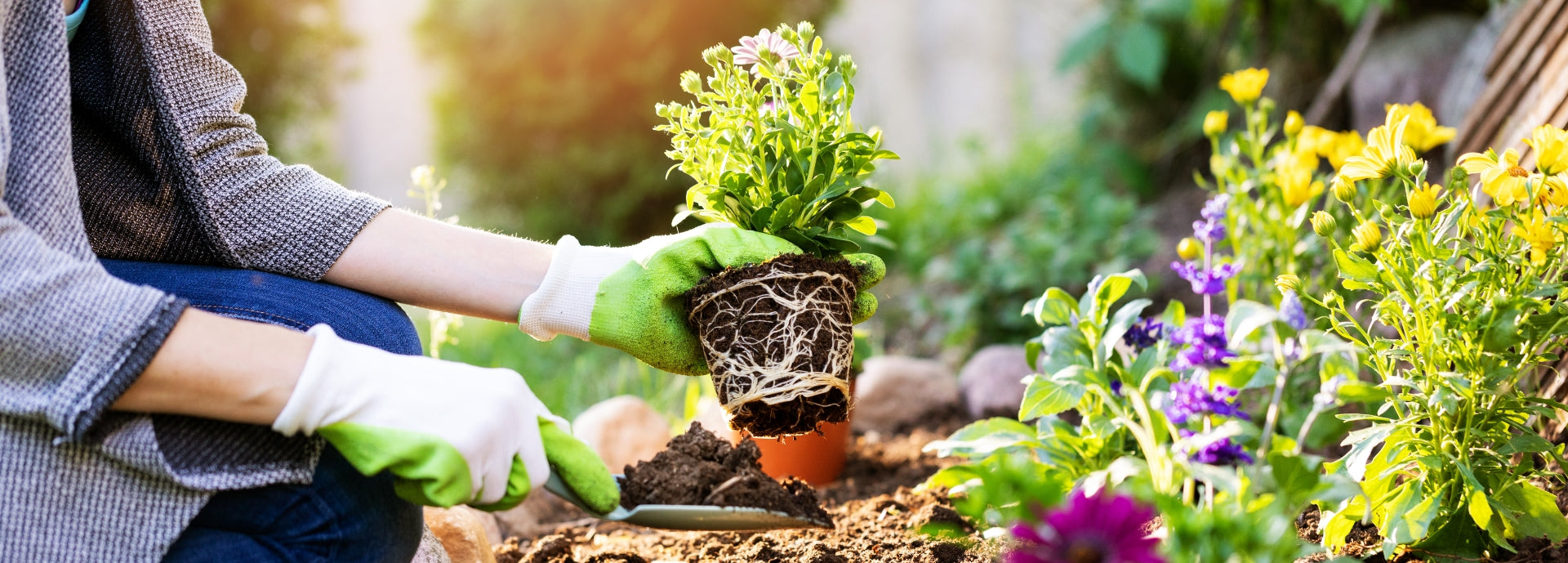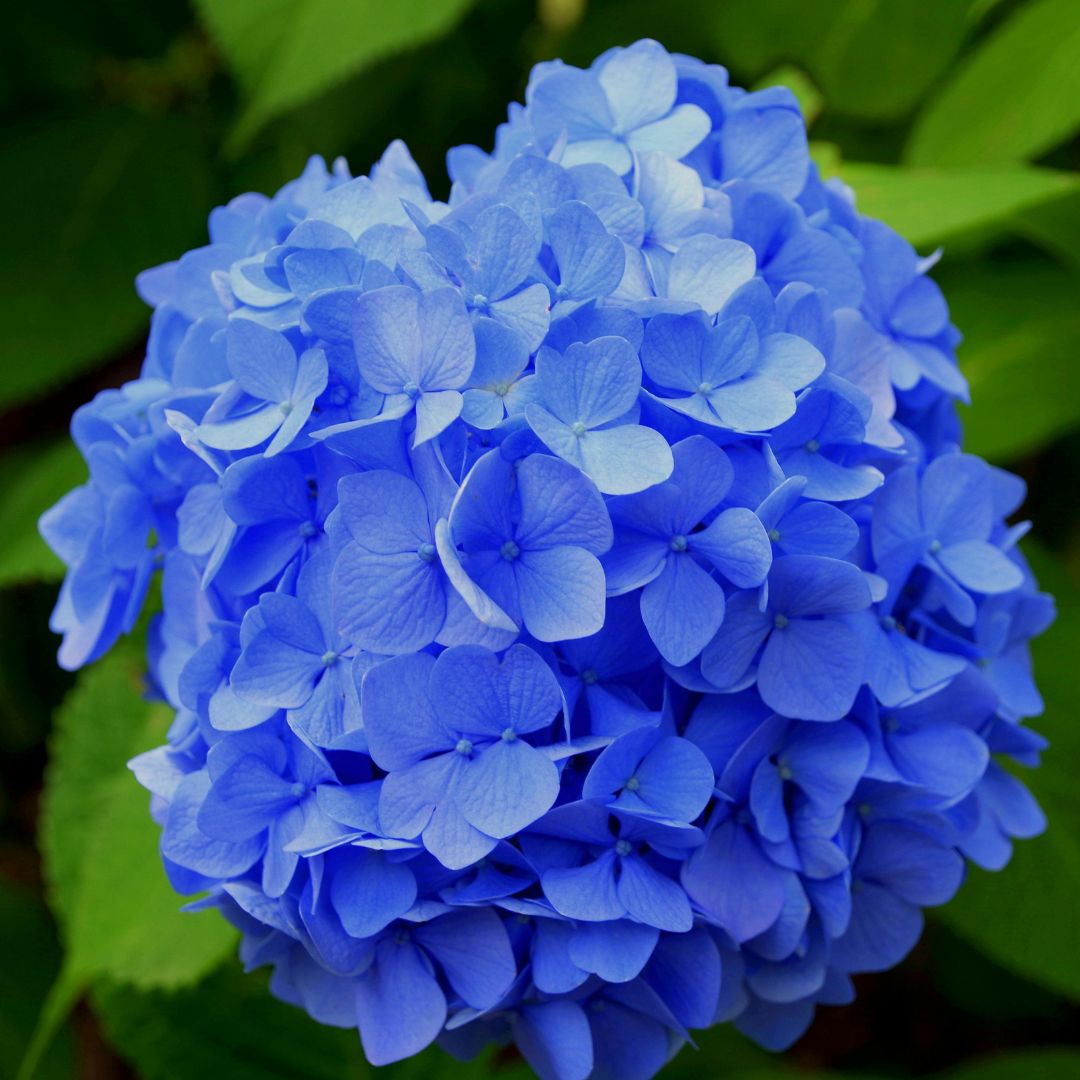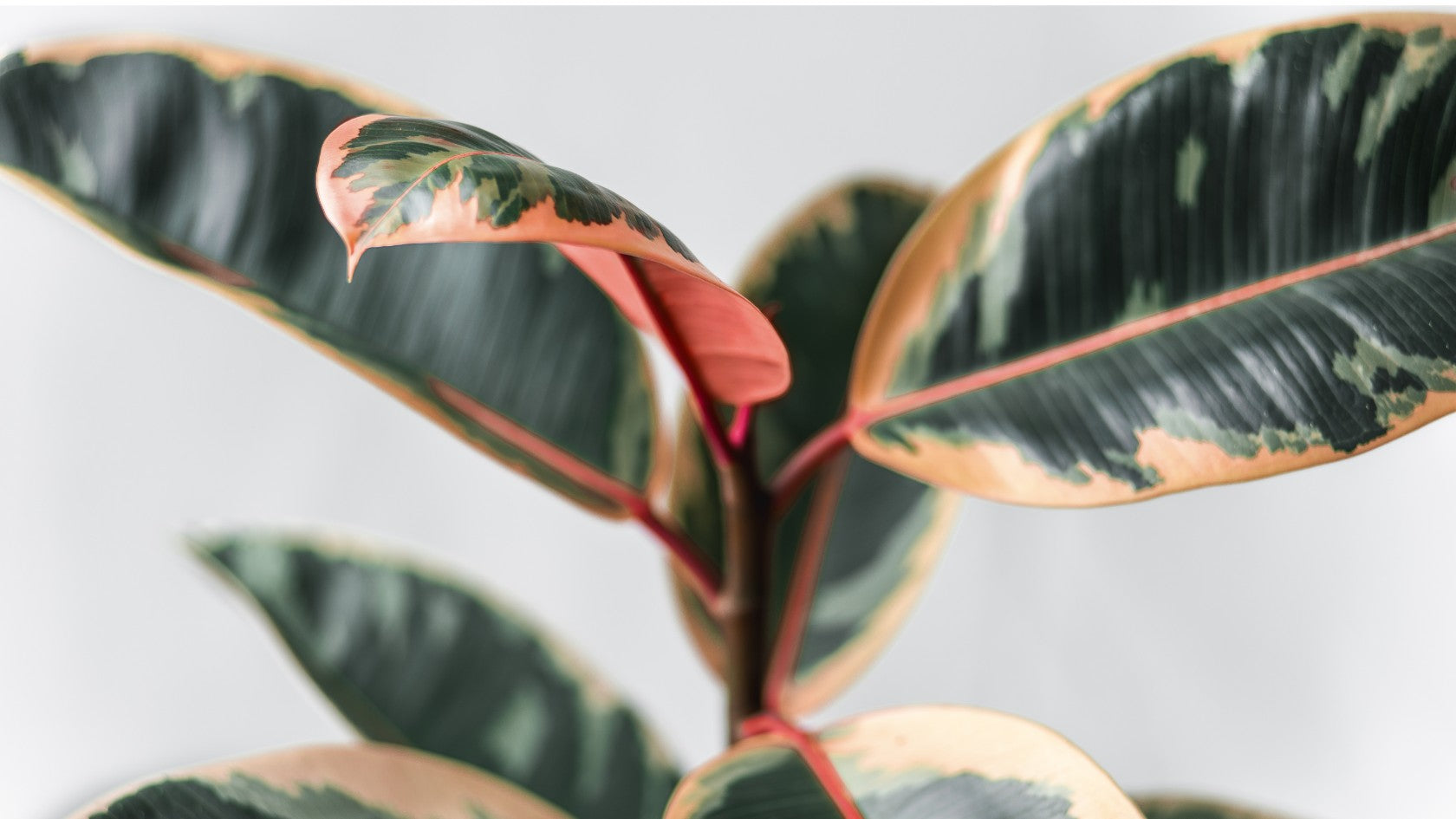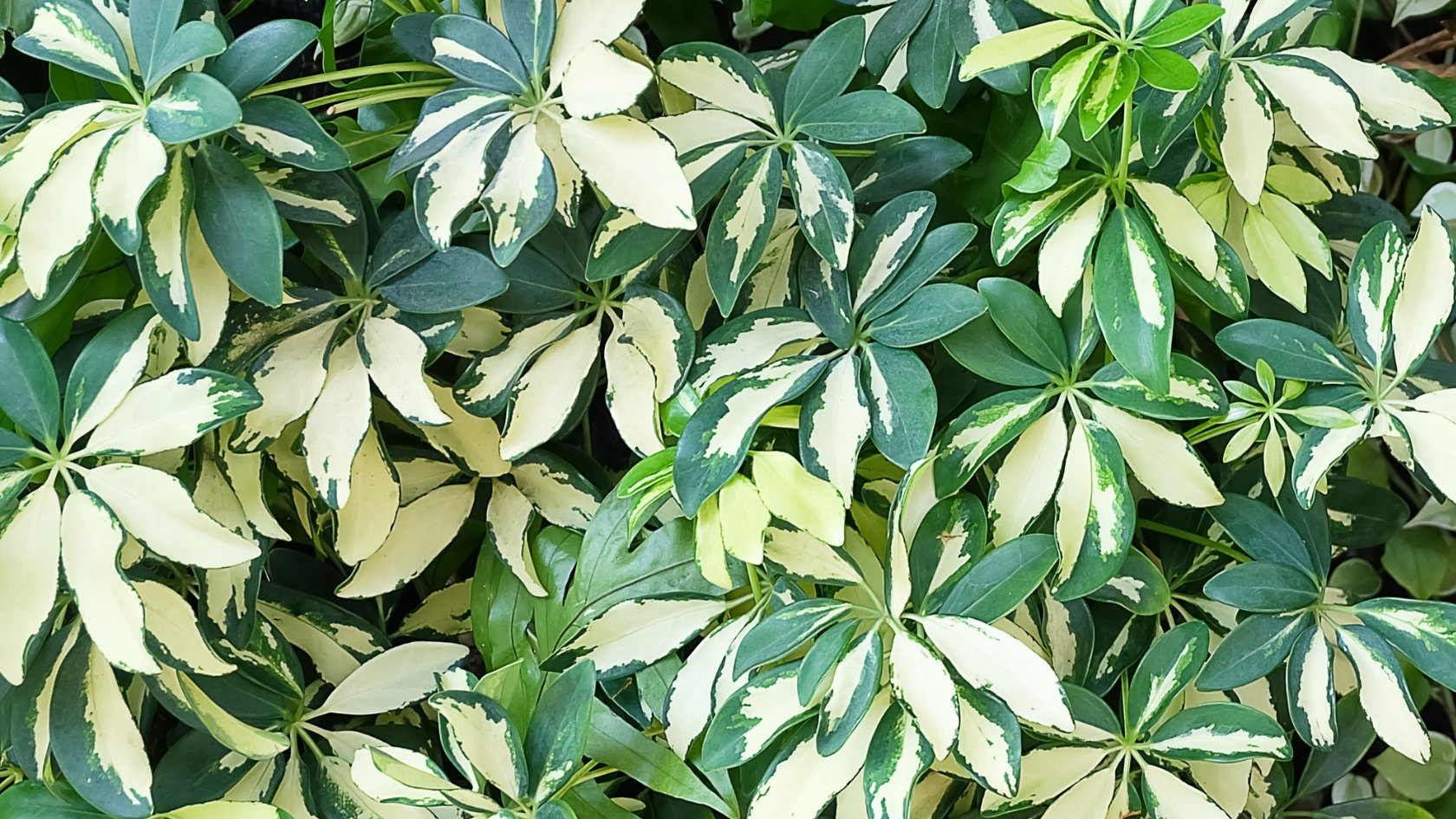If you're a gardening enthusiast seeking to add a touch of elegance and natural beauty to your space, look no further than the Yucca Cane (Yucca elephantipes). With its dramatic appearance and minimal care requirements, the Yucca Cane is a popular choice for both indoor and outdoor settings. Let's delve into the world of Yucca Cane plants, exploring their characteristics, care tips, and draw comparisons to another popular plant, the Dracaena Cane (Dracaena fragrans).
Overview of Yucca Cane
The Yucca Cane, native to arid regions of Mexico and Guatemala, is an evergreen shrub that can also be grown as a tree. Its most striking feature is its robust, cane-like stems that reach heights of up to 10 feet or more. The Yucca Cane boasts long, sword-shaped leaves that cascade from the stem's top, creating a visually stunning display.
Yucca Cane Care
Light Requirements: Yucca Canes thrive in bright, indirect light. They can tolerate some direct sunlight, but prolonged exposure to intense rays may scorch their leaves. Place them near a sunny window or in a spot with filtered light for optimal growth.
Temperature and Humidity: These plants prefer average room temperatures, ranging between 60-80°F (15-27°C). They are adaptable to different humidity levels, making them suitable for various environments.
Watering: Yucca Canes have low to moderate water requirements. Allow the top inch of soil to dry out between waterings to prevent overwatering, which can lead to root rot. During the growing season, water thoroughly and reduce watering during winter when the plant is in a dormant phase.
Soil: Well-draining soil is essential to prevent waterlogging. Use a mix of regular potting soil and coarse sand to ensure adequate drainage.
Fertilization: Feed your Yucca Cane once a month during the growing season with a balanced, water-soluble fertilizer. Avoid over-fertilizing, as it can cause salt buildup in the soil.
Comparison with Dracaena Cane: The Dracaena Cane, also known as the Corn Plant or Massangeana, is another popular choice among indoor gardeners. While the Yucca Cane and Dracaena Cane share similarities, they have distinct differences as well.
Appearance: The Yucca Cane has a tree-like structure with sturdy canes and long, pointed leaves, giving it a more architectural look. On the other hand, the Dracaena Cane features narrower, lance-shaped leaves that are more clustered.
Care Requirements: Both plants prefer bright, indirect light but can tolerate different light levels. Dracaena Canes are more forgiving of lower light conditions, whereas Yucca Canes need brighter light to thrive.
Watering: Dracaena Canes require more frequent watering, as they prefer consistently moist soil. Yucca Canes have lower water requirements and are more tolerant of dry conditions.
Maintenance: Yucca Canes are relatively low-maintenance, requiring less pruning and grooming compared to Dracaena Canes, which may need more regular shaping to maintain their bushy appearance.
The Yucca Cane is a striking and hardy plant that adds a touch of elegance to any garden or indoor space. With its unique cane-like stems and cascading leaves, it offers a visually captivating focal point. Enjoy the beauty of the Yucca Cane for years to come by following the care guidelines mentioned above and providing it with the right conditions. While the Dracaena Cane shares some similarities with the Yucca Cane, each plant has its own unique characteristics and care requirements. Consider these factors when deciding which plant best suits your gardening preferences and space.


